- Follow Us
Publications
High-profile publications featuring CDI Labs products and services
275 Total Publications
Refine Your Search
Publication Details
- Date
- Link
- + Abstract

PLOS ONE
- Main Product: HuProt
- HuProt: Effective Therapeutic Approach for Head and Neck Cancer by an Engineered Minibody Targeting the EGFR Receptor
- Young Pil Kim, Ho Chul Kang, et. al.
- Dept of Bio-Engineering, Life Science RD Center, Sinil Pharmaceutical Co.
HuProt Small Molecule: Cetuximab, a chimeric monoclonal antibody developed for targeting the Epidermal Growth Factor Receptor (EGFR), has been intensively used to treat cancer patients with metastatic colorectal cancer and head and neck cancer. Intact immunoglobulin G (IgG) antibody like cetuximab, however, has some limitations such as high production cost and low penetration rate from vasculature into solid tumor mass due to its large size. In attempt to overcome these limitations, we engineered cetuximab to create single chain variable fragments (scFv-CH3; Minibody) that were expressed in bacterial system.
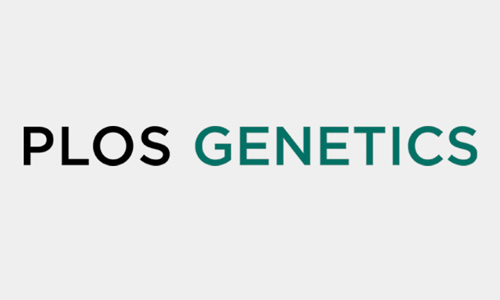
PLOS GENETICS
- Main Product: HuProt
- HuProt: Notch3 Interactome Analysis Identified WWP2 as a Negative Regulator of Notch3 Signaling in Ovarian Cancer
- Jin-Gyoung Jung, Alexander Stoeck, Bin Guan, Ren-Chin Wu, Heng Zhu, Seth Blackshaw, Ie-Ming Shih, Tian-Li Wang
- Depts of Pathology and Gynecology/Obstetrics, Johns Hopkins Medicine
HuProt PPI: The Notch3 signaling pathway is thought to play a critical role in cancer development, as evidenced by the Notch3 amplification and rearrangement observed in human cancers. However, the molecular mechanism by which Notch3 signaling contributes to tumorigenesis is largely unknown. In an effort to identify the molecular modulators of the Notch3 signaling pathway, we screened for Notch3-intracellular domain (N3-ICD) interacting proteins using a human proteome microarray. Pathway analysis of the Notch3 interactome demonstrated that ubiquitin C was the molecular hub of the top functional network, suggesting the involvement of ubiquitination in modulating Notch3 signaling.
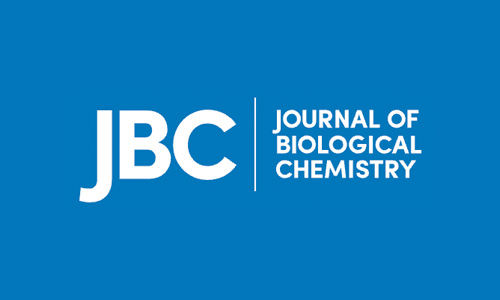
Journal of Biological Chemistry
- Main Product: HuProt
- HuProt: Serine Racemase Regulated by Binding to Stargazin and PSD-95
- Ting Martin Ma, Bindu D. Paul, Chenglai Fu, Shaohui Hu, Heng Zhu, Seth Blackshaw, Herman Wolosker, Solomon H. Snyder
- Solomon H. Snyder Dept of Neuroscience and Johns Hopkins Medicine
HuProt PPI: d-Serine, an endogenous co-agonist for the glycine site of the synaptic NMDA glutamate receptor, regulates synaptic plasticity and is implicated in schizophrenia. Serine racemase (SR) is the enzyme that converts l-serine to d-serine. In this study, we demonstrate that SR interacts with the synaptic proteins, postsynaptic density protein 95 (PSD-95) and stargazin, forming a ternary complex. SR binds to the PDZ3 domain of PSD-95 through the PDZ domain ligand at its C terminus. SR also binds to the C terminus of stargazin, which facilitates the cell membrane localization of SR and inhibits its activity. AMPA receptor activation internalizes SR and disrupts its interaction with stargazin, therefore derepressing SR activity, leading to more d-serine production and potentially facilitating NMDA receptor activation.
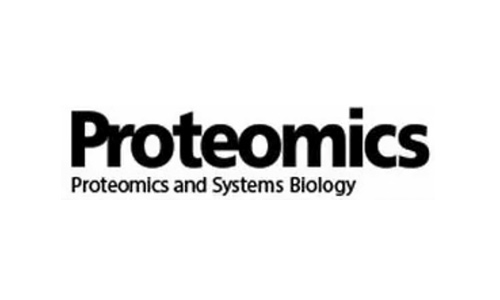
Proteomics
- Main Product: HuProt
- HuProt: Global identification of O-GlcNAc transferase (OGT) interactors by a human proteome microarray and the construction of an OGT interactome
- Rui-Ping Deng, Xiang He, Shu-Juan Guo, Wei-Feng Liu, Yong Tao, Sheng-Ce Tao
- Key Laboratory of Systems Biomedicine (Ministry of Education), Shanghai Center for Systems Biomedicine
HuProt PPI: O-Linked β-N-acetylglucosamine (O-GlcNAcylation) is an important protein PTM, which is very abundant in mammalian cells. O-GlcNAcylation is catalyzed by O-GlcNAc transferase (OGT), whose substrate specificity is believed to be regulated through interactions with other proteins. There are a handful of known human OGT interactors, which is far from enough for fully elucidating the substrate specificity of OGT. To address this challenge, we used a human proteome microarray containing ∼17 000 affinity-purified human proteins to globally identify OGT interactors and identified 25 OGT-binding proteins.
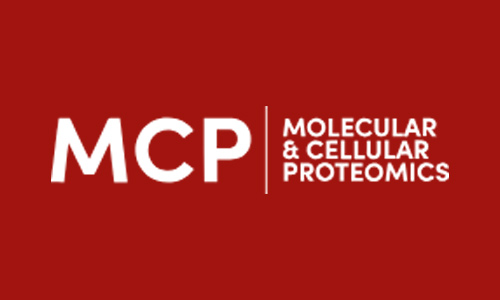
Molecular & Cellular Proteomics
- Main Product: HuProt
- HuProt: A Human Proteome Microarray Identifies that the Heterogeneous Nuclear Ribonucleoprotein K (hnRNP K) Recognizes the 5′ Terminal Sequence of the Hepatitis C Virus RNA
- Baochang Fan, Chien-Sheng Chen, et. al.
- Dept of Molecular and Cellular Biochemistry, Indiana University
HuProt DNA RNA: Stem-loop I (SL1) located in the 5′ untranslated region of the hepatitis C virus (HCV) genome initiates binding to miR-122, a microRNA required for hepatitis HCV replication. However, proteins that bind SL1 remain elusive. In this study, we employed a human proteome microarray, comprised of ∼17,000 individually purified human proteins in full-length, and identified 313 proteins that recognize HCV SL1. Eighty-three of the identified proteins were annotated as liver-expressing proteins, and twelve of which were known to be associated with hepatitis virus.
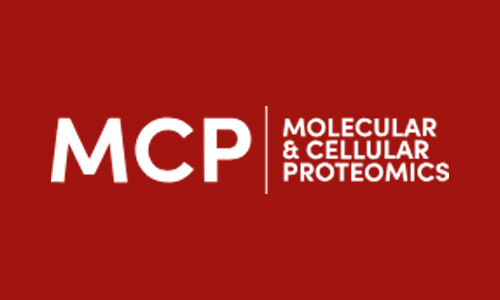
Molecular & Cellular Proteomics
- Main Product: HuProt
- HuProt: Protein Microarray Characterization of the S-Nitrosoproteome
- Yun-Il Lee, Ted M. Dawson, et. al.
- Neuroregeneration Program, Institute for Cell Engineering
HuProt Enzyme: Nitric oxide (NO) mediates a substantial part of its physiologic functions via S-nitrosylation, however the cellular substrates for NO-mediated S-nitrosylation are largely unknown. Here we describe the S-nitrosoproteome using a high-density protein microarray chip containing 16,368 unique human proteins. We identified 834 potentially S-nitrosylated human proteins. Using a unique and highly specific labeling and affinity capture of S-nitrosylated proteins, 138 cysteine residues on 131 peptides in 95 proteins were determined, defining critical sites of NO's actions.

Cell
- Main Product: HuProt
- HuProt: RNA Toxicity from the ALS/FTD C9ORF72 Expansion Is Mitigated by Antisense Intervention
- Christopher J. Donnelly, Jeffrey D. Rothstein, et. al.
- Dept of Neurology, Johns Hopkins University
HuProt DNA RNA: A hexanucleotide GGGGCC repeat expansion in the noncoding region of the C9ORF72 gene is the most common genetic abnormality in familial and sporadic amyotrophic lateral sclerosis (ALS) and frontotemporal dementia (FTD). The function of the C9ORF72 protein is unknown, as is the mechanism by which the repeat expansion could cause disease. Induced pluripotent stem cell (iPSC)-differentiated neurons from C9ORF72 ALS patients revealed disease-specific (1) intranuclear GGGGCCexp RNA foci, (2) dysregulated gene expression, (3) sequestration of GGGGCCexp RNA binding protein ADARB2, and (4) susceptibility to excitotoxicity.
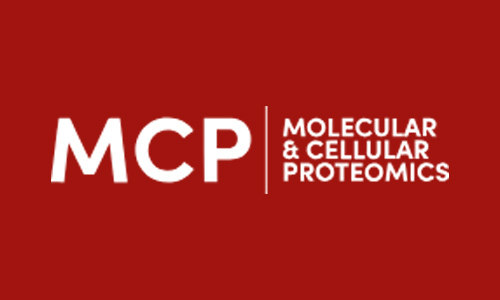
Molecular & Cellular Proteomics
- Main Product: HuProt
- HuProt: Bcl2-associated Athanogene 3 Interactome Analysis Reveals a New Role in Modulating Proteasome Activity
- Ying Chen, Feng Ge, et. al.
- Key Laboratory of Algal Biology, Institute of Hydrobiology, Chinese Academy of Sciences, Wuhan
HuProt PPI: Bcl2-associated athanogene 3 (BAG3), a member of the BAG family of co-chaperones, plays a critical role in regulating apoptosis, development, cell motility, autophagy, and tumor metastasis and in mediating cell adaptive responses to stressful stimuli. BAG3 carries a BAG domain, a WW domain, and a proline-rich repeat (PXXP), all of which mediate binding to different partners. To elucidate BAG3\'s interaction network at the molecular level, we employed quantitative immunoprecipitation combined with knockdown and human proteome microarrays to comprehensively profile the BAG3 interactome in humans.

ACS Publications
- Main Product: HuProt
- VirD: A Virion Display Array for Profiling Functional Membrane Proteins
- Shaohui Hu, Yingzhu Feng, Brandon Henson, Bochu Wang, Xiaofang Huang, Min Li, Prashant Desai, and Heng Zhu
- Dept of Pharmacology and Molecular Sciences, Johns Hopkins Medicine
To facilitate high-throughput biochemical analyses of membrane proteins, we have developed a novel display technology in a microarray format. Both single-pass (cluster of differentiation 4, CD4) and multiple-pass (G protein-coupled receptor 77, GPR77) human transmembrane proteins were engineered to be displayed in the membrane envelop of herpes simplex virions. These viruses produce large spherical virions displaying multiple copies of envelop proteins. Our aim was to engineer this virus to express these human proteins during the virus productive cycle and incorporate the human proteins into the virion during the assembly process.

Molecular Psychiatry
- Main Product: HuProt
- HuProt: The long non-coding RNA Gomafu is acutely regulated in response to neuronal activation and involved in schizophrenia-associated alternative splicing
- G Barry, J S Mattick, et. al.
- Institute for Molecular Bioscience, The University of Queensland
HuProt DNA RNA: Schizophrenia (SZ) is a complex disease characterized by impaired neuronal functioning. Although defective alternative splicing has been linked to SZ, the molecular mechanisms responsible are unknown. Additionally, there is limited understanding of the early transcriptomic responses to neuronal activation. Here, we profile these transcriptomic responses and show that long non-coding RNAs (lncRNAs) are dynamically regulated by neuronal activation, including acute downregulation of the lncRNA Gomafu, previously implicated in brain and retinal development. HuProt DNA RNA: